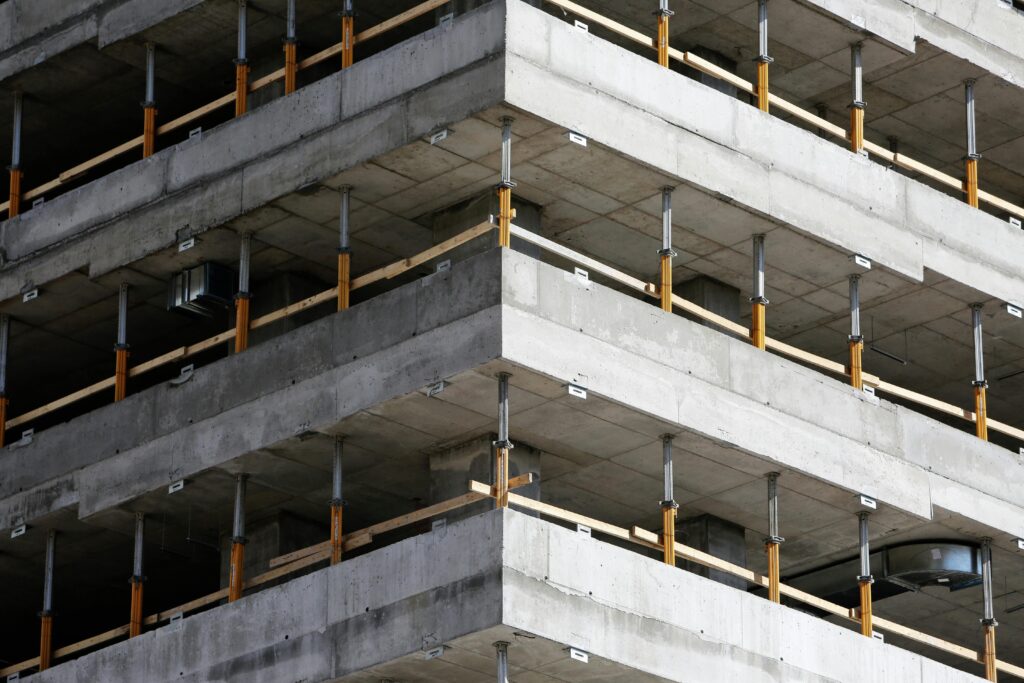When it comes to choosing the right construction solution for your commercial or industrial project, two popular options often come to mind: Pre-Engineered Buildings (PEBs) and Precast Concrete Buildings. Both have their merits, but as the construction landscape evolves, many customers are finding that PEBs offer distinct advantages. Let’s explore why pre-engineered structures are increasingly becoming the go-to choice for savvy developers and business owners.
1. Speed of Construction
One of the biggest differentiators between PEB and precast concrete is the speed of construction. PEBs are fabricated off-site in controlled environments, where every part is pre-designed, measured, and assembled. This means that once the components arrive at your construction site, assembly can begin almost immediately, drastically reducing on-site labor and construction time.
In contrast, precast concrete buildings often require longer lead times due to the casting and curing processes. The need for on-site adjustments can also delay timelines, impacting overall project completion.
Advantage: With PEBs, you can accelerate your project schedule by up to 30%, getting your building operational faster.
2. Cost Efficiency
Pre-Engineered Buildings offer significant cost savings when compared to precast concrete. Because Pre-engineered buildings are fabricated in bulk and use lightweight materials like steel, they reduce the overall weight of the structure, which can lead to savings in foundation costs. Additionally, less on-site labor is needed for installation, cutting down on labor expenses.
Precast concrete, while durable, requires more labor-intensive processes, including specialized equipment and transportation of heavier components, often leading to higher overall costs.
Advantage: Pre-engineered buildings are an excellent option for budget-conscious clients, offering high-quality construction without the high price tag.
3. Flexibility in Design
Another key advantage of Pre-Engineered Buildings is their versatility. PEB systems are easily customizable and can accommodate a wide range of architectural designs, including varying roof heights, floor plans, and expansions. Whether you’re building a warehouse, office, or industrial facility, Pre-engineered buildings offer flexibility that traditional precast concrete often struggles to match.
Precast concrete buildings, while strong and durable, are more rigid in design and often require significant planning and adjustments if modifications or expansions are needed.
Advantage: Pre-engineered buildings give you the freedom to adjust and expand your building design as your business grows.
4. Durability and Maintenance
Pre-Engineered Buildings are built with high-quality steel that is designed to withstand extreme weather conditions, including high winds, snow, and seismic activity. With proper maintenance, these buildings have an impressive lifespan and offer excellent resistance to rust, corrosion, and other environmental factors.
While precast concrete is also known for its durability, it can be susceptible to cracking over time, especially in areas with harsh freeze-thaw cycles. Repairing or maintaining concrete can also be more costly and time-consuming compared to Pre-engineered buildings.
Advantage: PEBs offer long-term durability with lower maintenance costs, ensuring your building remains in top condition for years to come.
5. Environmental Impact
Sustainability is a growing concern for many developers, and Pre-Engineered Buildings are designed with that in mind. The manufacturing process for Pre-engineered buildings is highly efficient, generating minimal waste. Many components are made from recycled materials, and the structures themselves are often more energy-efficient, reducing long-term operational costs.
Precast concrete, on the other hand, involves high energy consumption during production, and transportation of the heavy materials further increases the carbon footprint.
Advantage: For businesses focused on sustainability, PEBs provide a greener building solution.
Conclusion: Pre-engineered buildings – The Smart Choice for Your Next Building
When considering your next commercial or industrial project, choosing a Pre-Engineered Building over a precast concrete structure could be one of the smartest decisions you make. From reduced construction time and lower costs to enhanced design flexibility and long-term durability, Pre-engineered buildings offer a host of advantages that make them the superior choice for a wide range of applications.
If you’re looking to streamline your next project and maximize your investment, our team is here to help you explore the full potential of Pre-Engineered Buildings. Contact us today to learn more and get started on your path to success.

